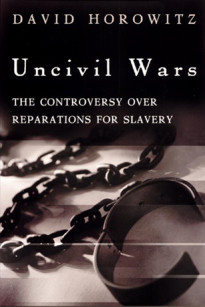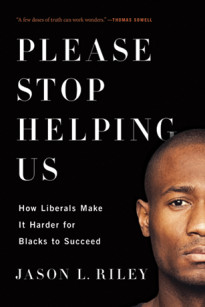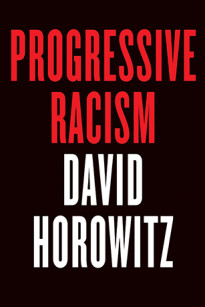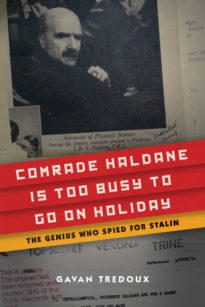Starting in the late 1960s, the United States suffered the biggest rise in violent crime in its history. Aside from the movement for black civil rights, it is difficult to think of a phenomenon that had a more profound effect on American life in the last third of the 20th century. Fear of murder, rape, robbery and assault influenced decisions on where to live and where to school one’s children, how to commute to work and where to spend one’s leisure time. In some locales, people dreaded leaving their homes at any time, day or night, and many Americans spent part of each day literally looking over their shoulders.
The Rise and Fall of Violent Crime in America is a landmark synthesis of criminology and social history that fully explains how and why violent crime exploded across the United States in the late 60s—and what ultimately drove it down decades later. It is the first book of its kind to analyze criminal violence in the U.S. from World War II to the 21st century. It examines crime in the context of all of the major social trends since the World War, including the postwar economic boom and suburbanization, the baby boom and the turmoil of the 60s, the urbanization of minorities, the advent of crack cocaine, the hardening of the criminal justice system and current efforts to contract it. Latzer’s sweeping, definitive study at last brings coherence to the bewildering array of explanations for the nightmarish reality that many Americans lived with for decades.













